What Are Composite Boundary Elements?
Composite boundary elements are structural products used to define, protect, and demarcate specific areas in outdoor spaces. They are often referred to as curb stones or boundary posts. These products, made from composite materials, are much more durable, lightweight, and long-lasting compared to traditional metal or concrete products.
Where and What Are They Used For?
Composite boundary elements are primarily used in traffic safety and urban planning. Their main purposes and usage areas include:
Preventing vehicles from mounting curbs or parking on sidewalks
Physically separating pedestrian and vehicle paths
Defining boundaries in parks, gardens, and residential complexes
Ensuring safety in municipal areas and private properties
These products not only provide an aesthetically pleasing appearance but also prevent accidents caused by uncontrolled parking.
Advantages of Composite Boundary Elements
Composite boundary elements offer numerous advantages to users:
Lightweight design, making them easy to transport and install.
Rustproof, rot-resistant, and maintenance-free.
Resistant to corrosion and harsh weather conditions.
No scrap value, greatly reducing the risk of theft.
Customizable in terms of color and logo.
Dimensional stability, ensuring they do not deform over time.
Safe to use due to their electrical insulation properties.
Why Should Composite Boundary Elements Be Preferred?
Composite boundary elements offer safe, durable, and cost-effective solutions. They are much lighter than traditional metal or concrete boundary elements, which simplifies both transportation and installation. Furthermore, their resistance to weather conditions and lack of maintenance requirements make them long-lasting and cost-efficient. With customizable color options and corporate logos, they provide both a functional and city-friendly solution.

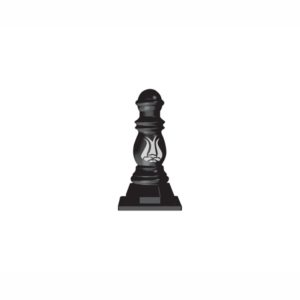 Composite Boundary Element – 47 cm
Composite Boundary Element – 47 cm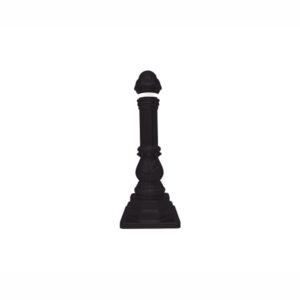 Composite Boundary Element – 65 cm
Composite Boundary Element – 65 cm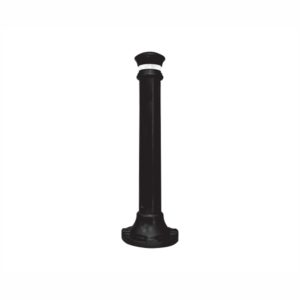 Composite Boundary Element – 70 cm
Composite Boundary Element – 70 cm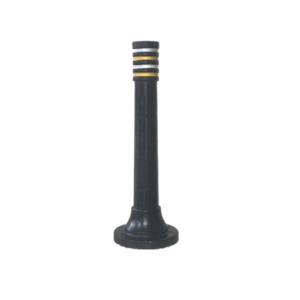 Composite Boundary Element – 75 cm
Composite Boundary Element – 75 cm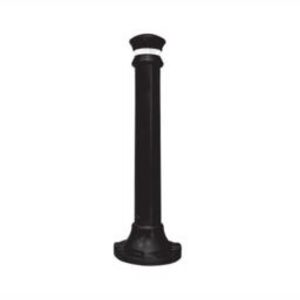 Composite Boundary Element – 80 cm
Composite Boundary Element – 80 cm